Version 13.0

Written & Compiled by Macklin Andrick, GPJ Sr. Creative Technologist
GPJ Experience Technology is your trusted guide through the latest technological shifts and how they might benefit your next experience. Another week, another opportunity to explore some of the weird and wild things going on in the tech world!
Google is letting Bard run wild on your Google Apps if you give it permission of course, DALL-E 3 is out and looks to be a major step forward for Open AI’s generative AI image engine. Cisco spends a few coins to acquire Splunk and IBM is committed to training over 2 million people on AI by 2026.
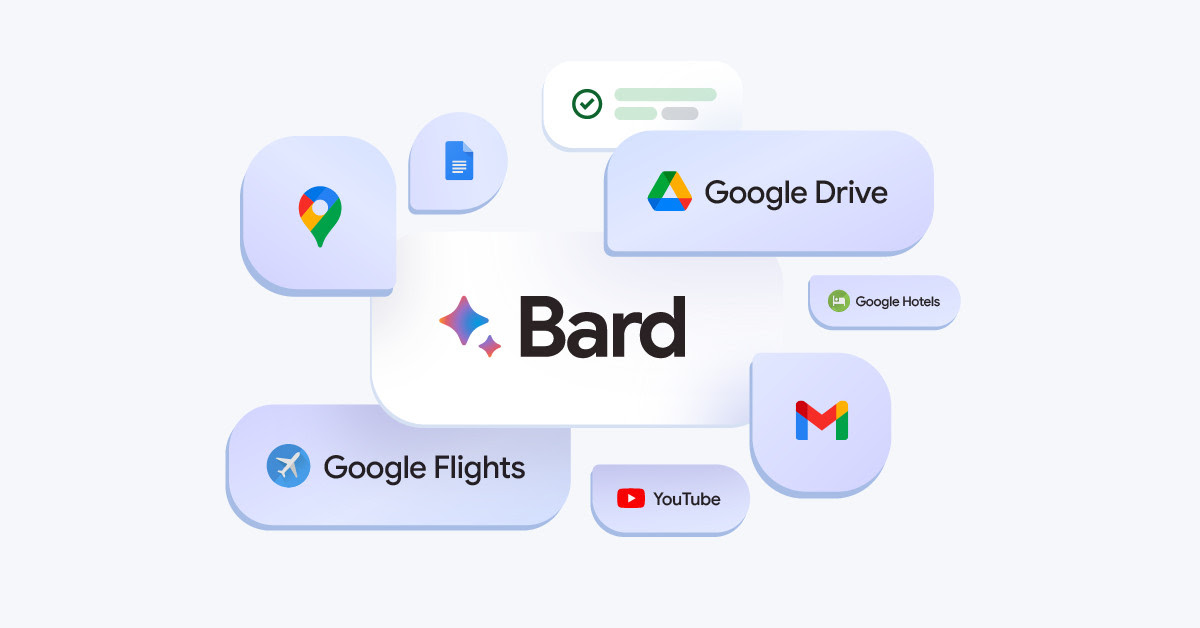
Bard can now find answers in your Gmail, Docs, Drive
Google’s Bard AI chatbot is no longer limited to pulling answers from just the web — it can now scan your Gmail, Docs and Drive to help you find the information you’re looking for. With the new integration, you can ask Bard to do things like find and summarize the contents of an email or even highlight the most important points of a document you have stored in Drive. There’s a whole range of use cases for these integrations which Google calls extensions, but they should save you from having to sift through a mountain of emails or documents to find a particular piece of information. You can have Bard use that information in other ways, such as putting it into a chart or creating bulleted summaries. This feature is only available in English for now.
OpenAI’s new AI image generator pushes the limits in detail and prompt fidelity
The latest version of OpenAI’s AI image-synthesis model features full integration with ChatGPT. DALL-E 3 renders images by closely following complex descriptions and handling in-image text generation (such as labels and signs), which challenged earlier models. Currently in research preview, it will be available to ChatGPT Plus and Enterprise customers in early October. Like its predecessor, DALL-E 3 is a text-to-image generator that creates novel images based on written descriptions called prompts. Although OpenAI released no technical details about DALL-E 3, the AI model at the heart of previous versions of DALL-E was trained on millions of images created by human artists and photographers, some of them licensed from stock websites like Shutterstock. It’s likely DALL-E 3 follows this same formula, but with new training techniques and more computational training time.

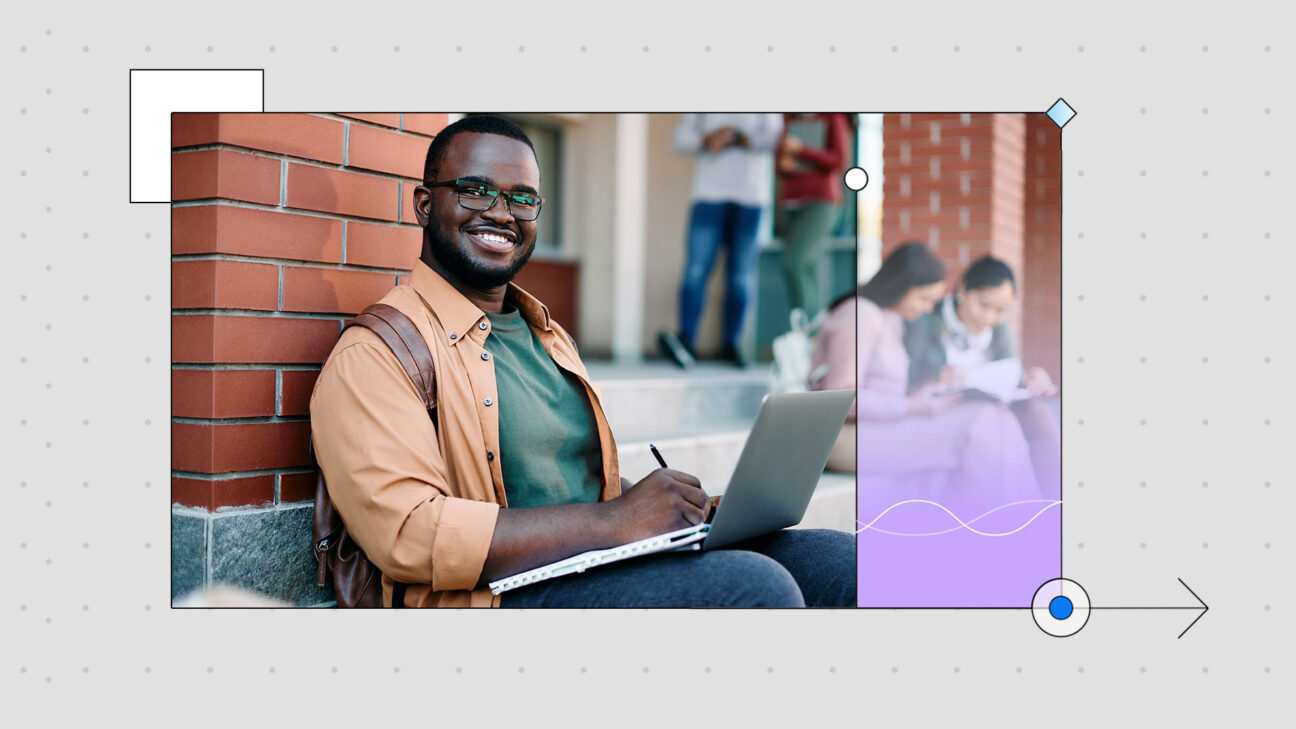
IBM Commits to Train 2 Million in Artificial Intelligence in Three Years, with a Focus on Underrepresented Communities
IBM announced a commitment to train two million learners in AI by the end of 2026, with a focus on underrepresented communities. To achieve this goal at a global scale, IBM is expanding AI education collaborations with universities globally, collaborating with partners to deliver AI training to adult learners, and launching new generative AI coursework through IBM SkillsBuild.
Cisco to acquire Splunk in $28B mega deal
With Splunk, Cisco gets an observability platform that fits nicely into the company’s security business to help customers better understand security threats while also helping parse oodles of log data to resolve other problems like helping understand system failures or troubleshoot myriad issues across a broad array of enterprise systems. Under the terms of the deal, Cisco is paying a hefty premium of $157 per share. As you would expect, chief executives from both companies were beaming over the deal with Cisco CEO and board chair Chuck Robbins pointing out the AI angle in this deal because these days, there always needs to be an AI angle, in this case with a strong focus on cybersecurity. “Our combined capabilities will drive the next generation of AI-enabled security and observability. From threat detection and response to threat prediction and prevention, we will help make organizations of all sizes more secure and resilient,” Robbins said in a statement.
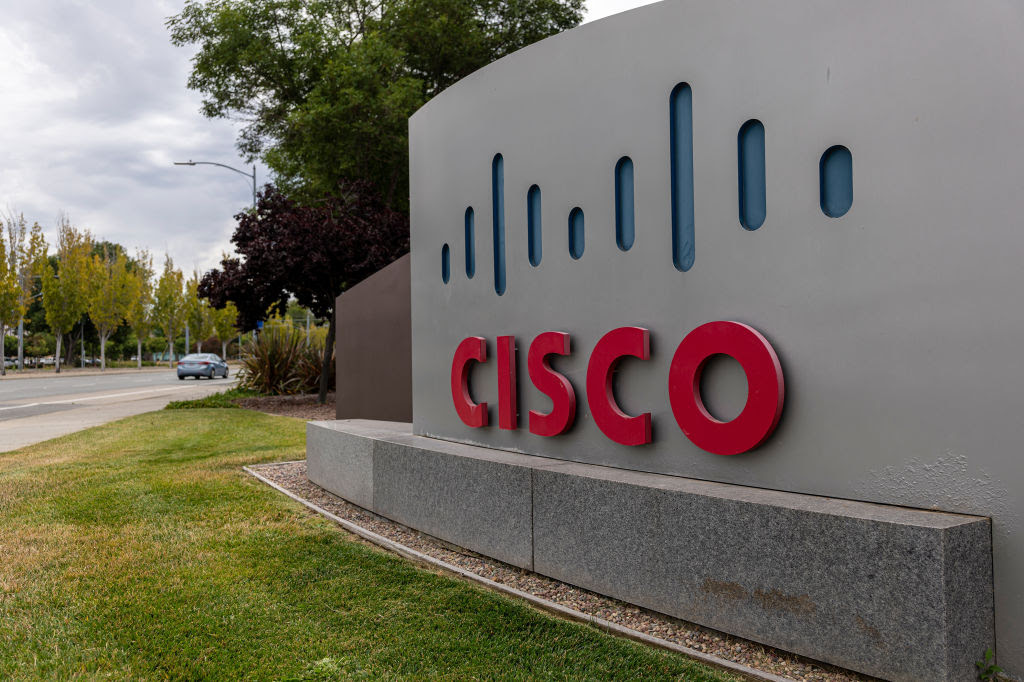
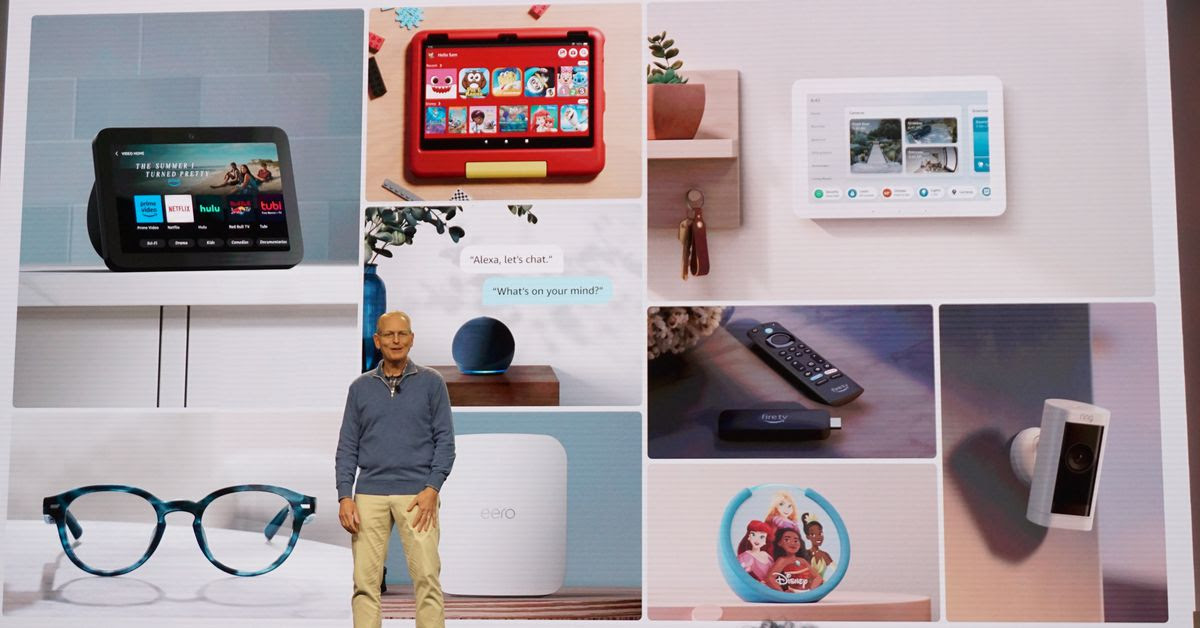
Amazon is set to supercharge Alexa with generative AI
Amazon Alexa is about to come out of its shell, and what emerges could be very interesting. At its fall hardware event Wednesday, the company revealed an all-new Alexa voice assistant powered by its new Alexa large language model. According to Dave Limp, Amazon SVP of Devices and Services, this new Alexa can understand conversational phrases and respond appropriately, interpret context more effectively, and complete multiple requests from one command. Voice assistants need a shake-up. A general lack of innovation and barely imperceptible improvements around comprehension have turned them into basic tools instead of the exciting technological advancements we hoped for since they broke onto the scene over a decade ago.
YouTube is going all in on AI with background and video topic suggestions
More content on YouTube is going to be created at least in part using generative AI.
The video platform announced several new AI-powered tools for creators at its annual Made on YouTube event on Thursday. Among the features coming later this year or next are AI-generated photo and video backgrounds, AI video topic suggestions, and music search. A new feature called Dream Screen will create AI-generated videos and photos that creators can place in the background of their YouTube Shorts. Initially, creators will be able to type in prompts to generate backgrounds; eventually, YouTube says, creators will be able to remix and edit their existing content using AI tools to create something new.
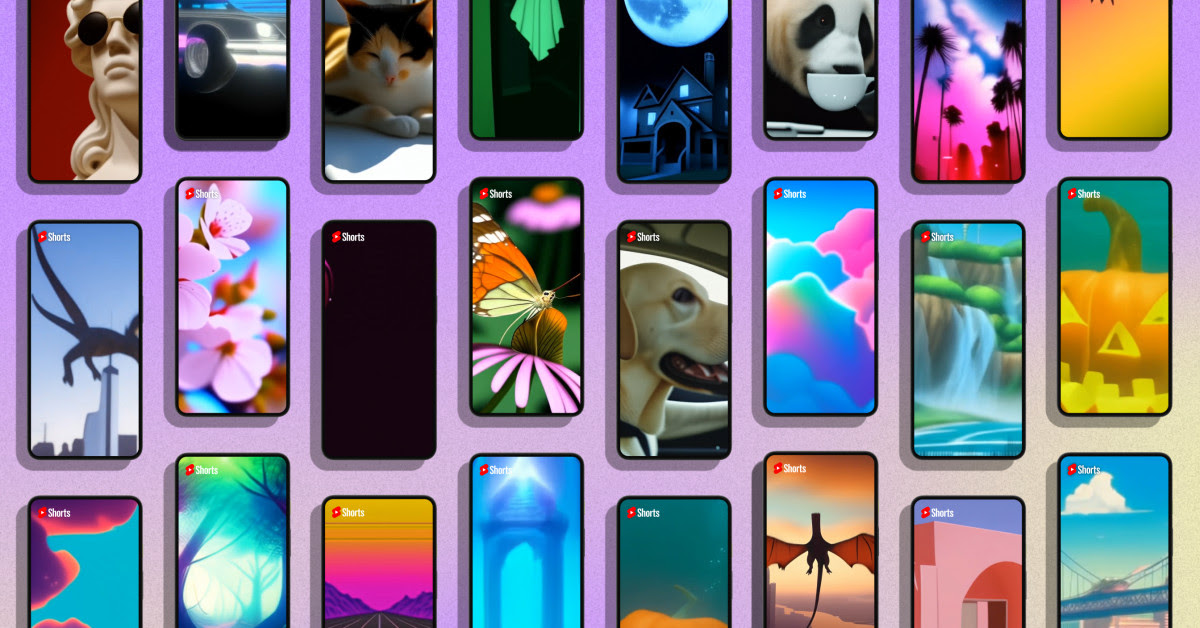
More Cool Stuff We Found
- Topgolf-esque Tennis Social Club to open in New York City in 2024
- Toyota Research Institute Unveils Breakthrough in Teaching Robots New Behaviors
- Funky AI-generated spiraling medieval village captivates social media
- iOS 17 and iPadOS 17 are now available
- Google and the Department of Defense are building an AI-powered microscope to help doctors spot cancer
- GitHub’s AI-powered coding chatbot is now available for individuals
- For the first time, researchers decoded the RNA of an extinct animal
- Breathing New Life into 3D Assets with Generative Repainting
Missed a previous Creative Tech Byte? Find all previous versions here.